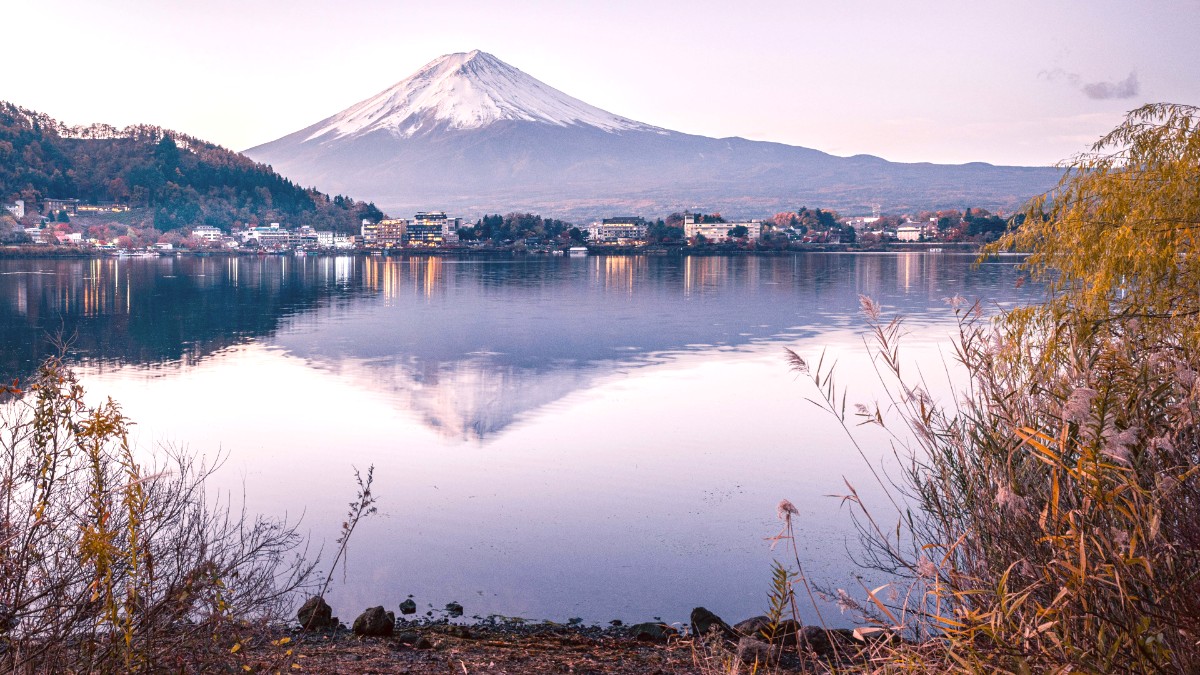
West Of Tokyo, Japan
Mount Fuji climbing is permitted only from July to early September. It requires good physical condition and proper gear.
Most popular and well-equipped, with many mountain huts. It starts from Fuji-Subaru Line 5th Station.
Starts lower, known for its descent through volcanic ash.
Longest and most challenging, with fewer huts and services.
Mount Fuji climbing season is limited to July and early September. Plan your trip accordingly if climbing is a priority.
Engage with Japanese traditions and local communities through various activities.
Experience a traditional Japanese tea ceremony at some ryokan or dedicated tea houses. This ritual offers insight into Japanese aesthetics and hospitality.
Experience traditional architecture, communal onsen bathing, and multi-course kaiseki dining.
Choose to stay at a minshuku (family guesthouse) or eat at small, local eateries for a direct positive impact and local connection.
An annual parade held on November 3rd, recreating an Edo-period feudal lord's procession. A historical event.
Usually held in April, this festival celebrates the cherry blossom season with activities and illuminations.
Takes place in November, offering stunning illuminations and beautiful fall foliage views.
The Mount Fuji region is famous for its natural hot springs, offering perfect opportunities for relaxation.
Many hotels and ryokan have their own onsen facilities. Some larger hotels feature full-service spas offering massages and other treatments.
Some smaller, independent retreats focusing on yoga or meditation may be found in the quieter parts of the region.
Traditional Japanese medicine (Kampo) is practiced. For specific treatments, consult a local practitioner. It is less common as a direct tourist offering.
Very limited. You might find local cafes or bars occasionally hosting live music. Not a major performing arts destination.
Virtually non-existent. The Fuji/Hakone region is generally quiet at night. For lively nightlife, Tokyo is the place.
Limited to a few local izakaya (Japanese pubs) or small bars in Kawaguchiko or Hakone-Yumoto.
Discover unique souvenirs and local crafts from the Fuji-Hakone region.
Less common than in major cities like Kyoto or Tokyo. Small local markets might sell fresh produce or seasonal goods.
Gotemba Premium Outlets is a major destination for luxury brand shopping at discounted prices.
Support local artisans and small businesses directly. Be mindful of purchasing products made from endangered species, though this is rare in Japan.
Look for "Tax-Free" signs at larger stores for purchases over ¥5,000 (excluding tax). You can often get a refund at the point of sale. Have your passport ready.